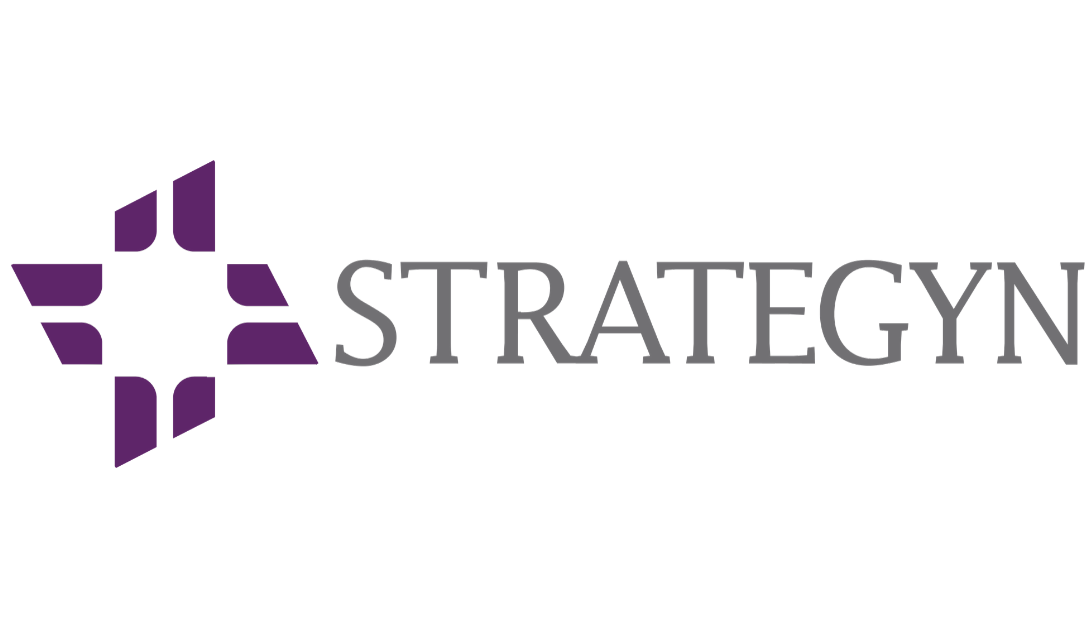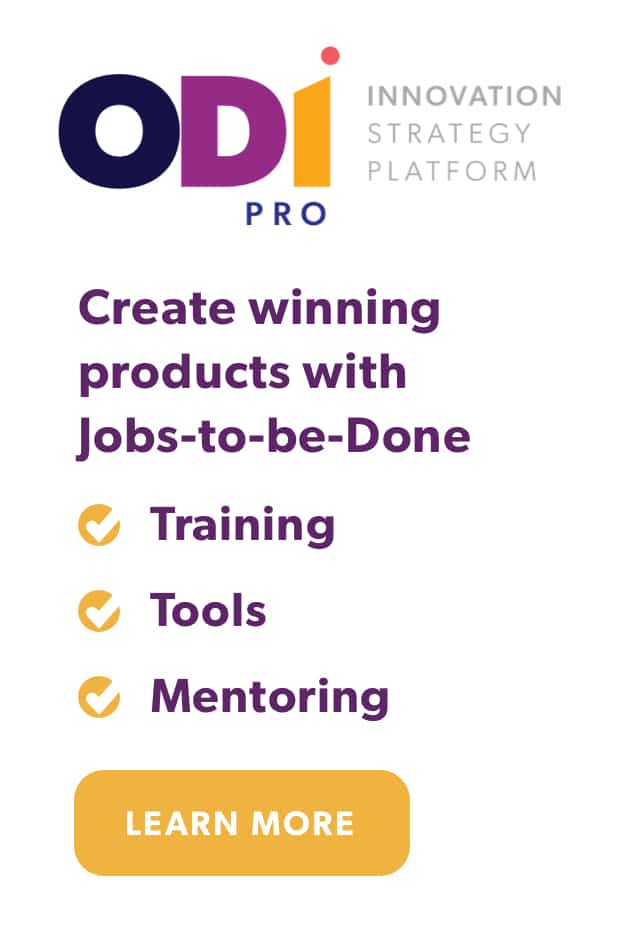Nest took the thermostat market by storm this year as they capitalized on the fact that long-time players were focused on creating value for the wrong customer. While leading thermostat makers continued to strengthen their alliances with the contractors that sell and install their products, Nest bypassed that channel and focused on creating value for the customers that really matter: the homeowner.
So why didn’t the incumbent companies do this first? Their alliances are tied to the past, not the future. This is not uncommon. When companies do not sell directly to consumers, yet their products are used by consumers, there is often confusion over just who the customer is. And when new technologies become available that facilitate the disruption of the channel, they hesitate to do so, and pay a big price as a result. This is why you must ask yourself: just who is your customer?
Of course, you could make the argument that your company has many customers; distributors, buyers, installers, users, influencers, administrators, and so one. But let’s not be confused. Markets exist for only one reason: to help someone get a functional job done, not so someone can distribute, buy, or install a product. Of course, companies have to make sure the needs of its distributors, buyers, contractors, and so on are also addressed, but they are not the reason the company, the market or the product exists.
I first saw this issue in my early days at IBM’s PC division where management thought ComputerLand was its primary customer, not the computer user. But then Dell created offerings that took the distributor out of the equation. The result? ComputerLand went the way of the dinosaur, and IBM eventually got out of the PC business. But computer users didn’t disappear. They were, and are still today, the true customer.
Here is the way we see it: to be successful at innovation and to sustain growth, a company must be aligned along two fronts. First, it must know precisely who it is in the business of creating value for. In other words, it must know its customer: the person who is using its product to get a job done. Second, it must know what job that person hired the product to perform. These two insights give a company unique perspective into its market, because a market is not defined by a product; it is defined by the job executor and the job that executor is trying to get done. (See market selection and definition.)
Defining a market from this perspective opens the door to new types of analysis. Looking at innovation through a jobs-to-be-done lens brings better ways for a company to understand its customer’s needs, identify and prioritize growth opportunities, segment markets around the job-to-be-done and size markets and price products. These methods are embodied in our innovation process, Outcome-Driven Innovation (ODI). The first step in profiting from the customer is knowing who they are. This is something that Nest did right.



